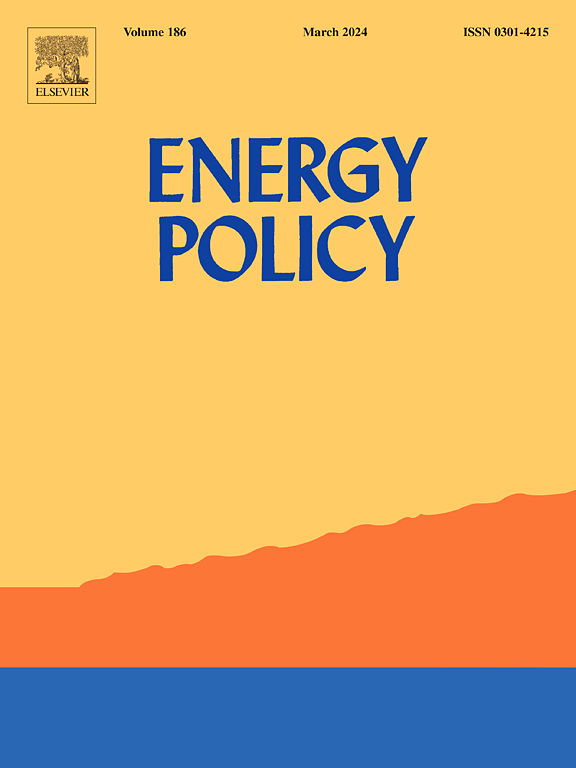节点市场设计中分散灵活性的价值 - 欧洲 2030 案例研究
IF 9.3
2区 经济学
Q1 ECONOMICS
引用次数: 0
摘要
为了更好地整合波动性可再生能源,我们研究了节点市场设计下分散灵活性选择(如电池存储系统、电动汽车和热泵)的本地价值。我们提出了一个新颖的框架,用于描述不同地点分散灵活性单元的经济价值:首先,基于能源系统模型,生成节点和区域价格时间序列。其次,根据这些价格时间序列,利用运行模型计算灵活性价值。我们对欧洲 2030 年的案例研究表明,分散式灵活性具有很高的价值,尤其是双向灵活性选项。我们发现,日平均价差是所有灵活性值的主要驱动因素。我们观察到,在两种市场设计中,大多数节点的灵活性值相似。然而,在占总需求近 10%的一个明显的节点子集中,我们观察到的本地灵活性值要高得多,这表明对灵活性的需求明显更高。然而,分区市场设计只是为这些节点以系统为导向的灵活性运行提供了不完善的激励。除了引入节点定价作为第一最佳方案外,我们还建议考虑针对这些灵活性热点的定制工具,作为第二最佳政策。本文章由计算机程序翻译,如有差异,请以英文原文为准。
The value of decentral flexibility in nodal market design – A case study for Europe 2030
To better integrate fluctuant renewable energy sources, we investigate the local value of decentral flexibility options e.g., battery storage systems, electric vehicles and heat pumps, under nodal market design. A novel framework to depict the economic value of decentral flexibility units at different locations is presented: First, based on an energy system model, nodal as well as zonal price time series are generated. Second, flexibility values are computed based on these price time series using operation models. Our case study for 2030 for Europe demonstrates the high value of decentral flexibility provided especially by bidirectional flexibility options. The mean daily price spread is found to be a main driver for all flexibility values. We observe similar flexibility values across most nodes in both market designs. However, for a distinct subset of nodes that represent close to 10% of total demand, substantially higher values of local flexibilities are observed which indicates a markedly higher demand for flexibility. Yet, the zonal market design only provides imperfect incentives for the system-oriented operation of flexibilities at these nodes. Besides the introduction of nodal pricing as first-best option, we propose to consider tailored instruments focusing on these flexibility hot spots as second-best policies.
求助全文
通过发布文献求助,成功后即可免费获取论文全文。
去求助
来源期刊

Energy Policy
管理科学-环境科学
CiteScore
17.30
自引率
5.60%
发文量
540
审稿时长
7.9 months
期刊介绍:
Energy policy is the manner in which a given entity (often governmental) has decided to address issues of energy development including energy conversion, distribution and use as well as reduction of greenhouse gas emissions in order to contribute to climate change mitigation. The attributes of energy policy may include legislation, international treaties, incentives to investment, guidelines for energy conservation, taxation and other public policy techniques.
Energy policy is closely related to climate change policy because totalled worldwide the energy sector emits more greenhouse gas than other sectors.
 求助内容:
求助内容: 应助结果提醒方式:
应助结果提醒方式:


